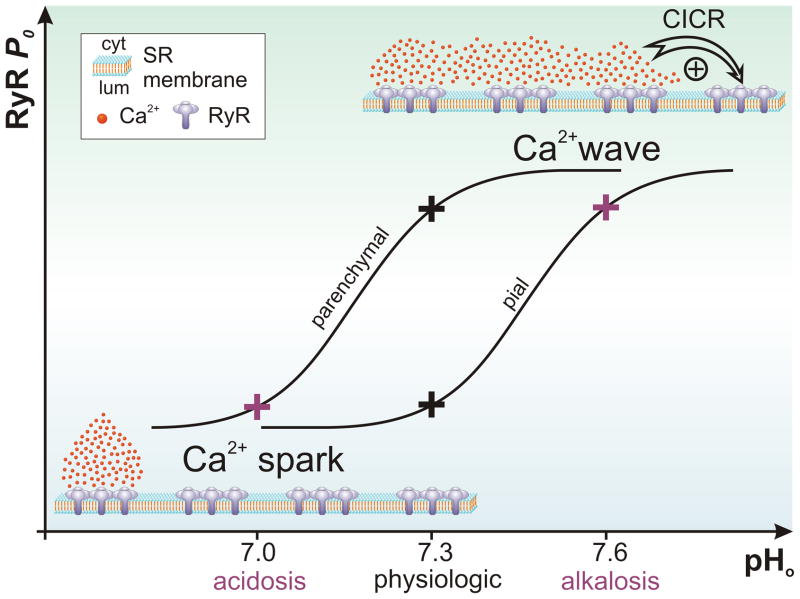Figure 1. Effect of pH on RyR-mediated Ca2+ signals in smooth muscle cells of pressurized pial arteries and parenchymal arterioles.
By modulating RyR excitability, protons can influence the shape of the Ca2+ signals in cerebrovascular smooth muscle cells. At the physiologic pH of cerebrospinal fluid (pH=7.3) myocytes in large (pial) arteries display spatially limited and brief Ca2+ release events (sparks). When pH increases (alkalosis), RyR open probability (Po) increases as well and the Ca2+ ions released by a cluster of RyRs activate neighboring clusters, forming a Ca2+ wave by propagation of the signal. In contrast, parenchymal arterioles display Ca2+ waves under normal conditions. When pH decreases (acidosis), RyR Po is low and this spatially restricts the Ca2+ release (Ca2+ spark). This reshaping of Ca2+ signals in the brain microcirculation plays a fundamental role during the vasodilation induced by acidosis.

